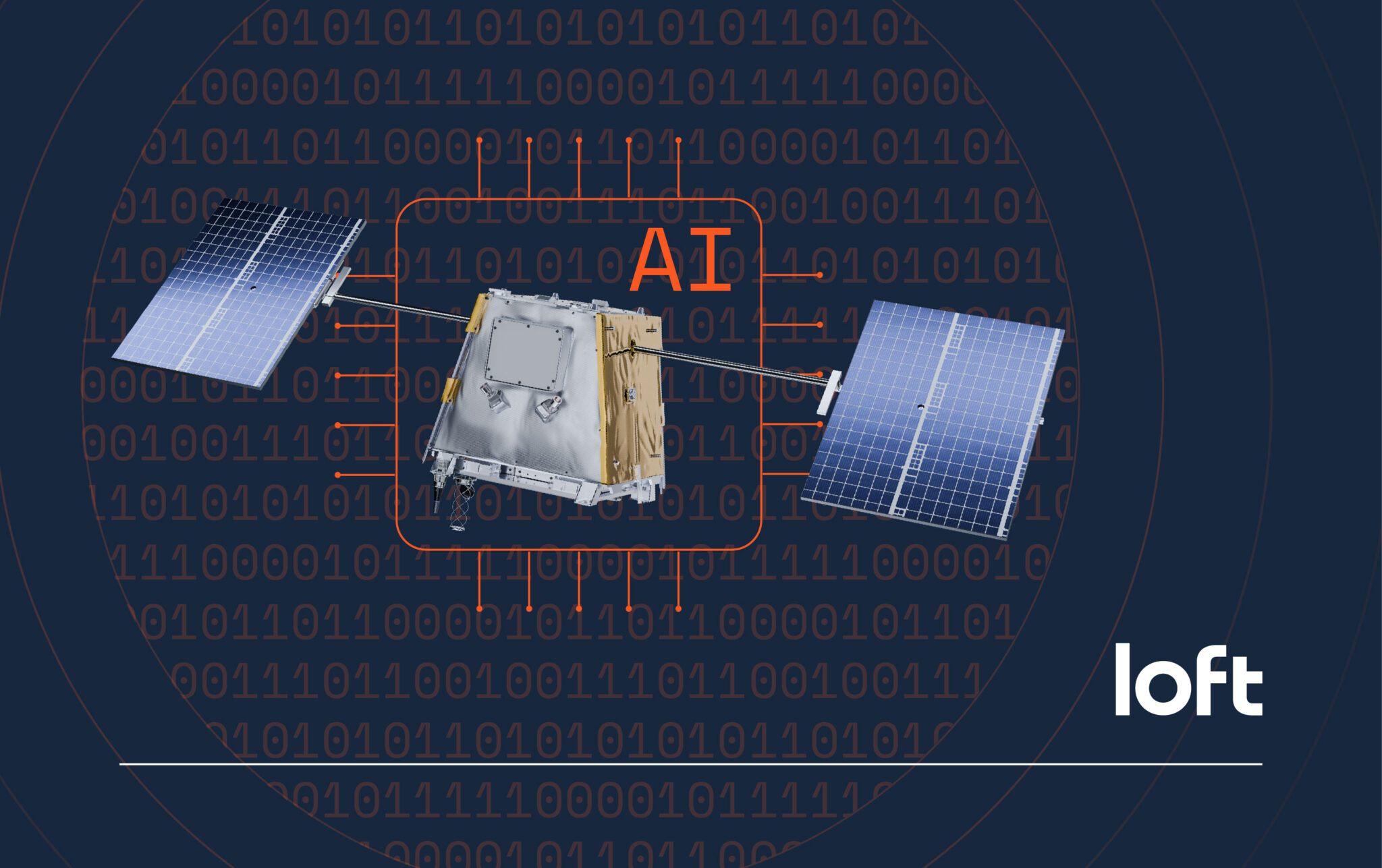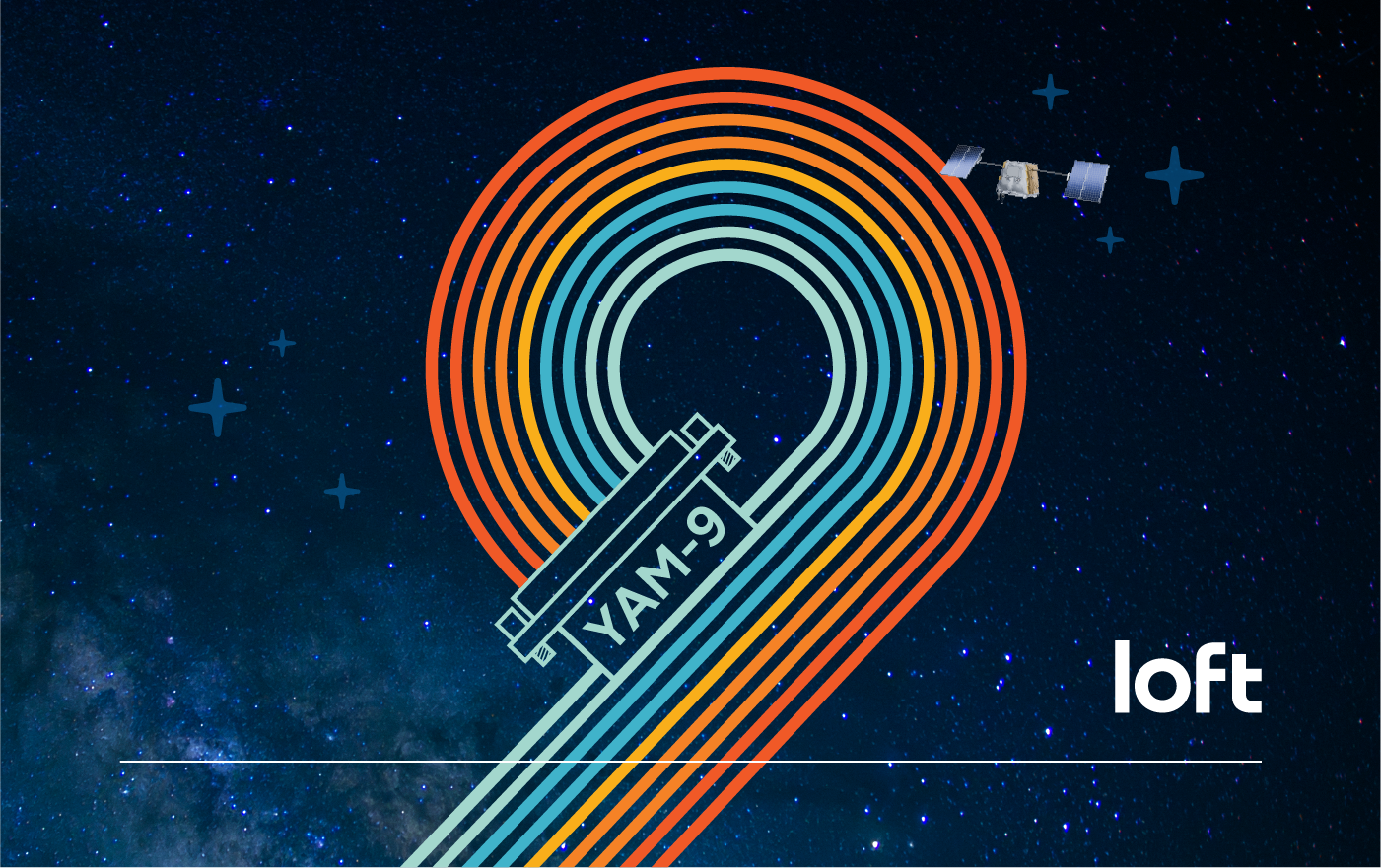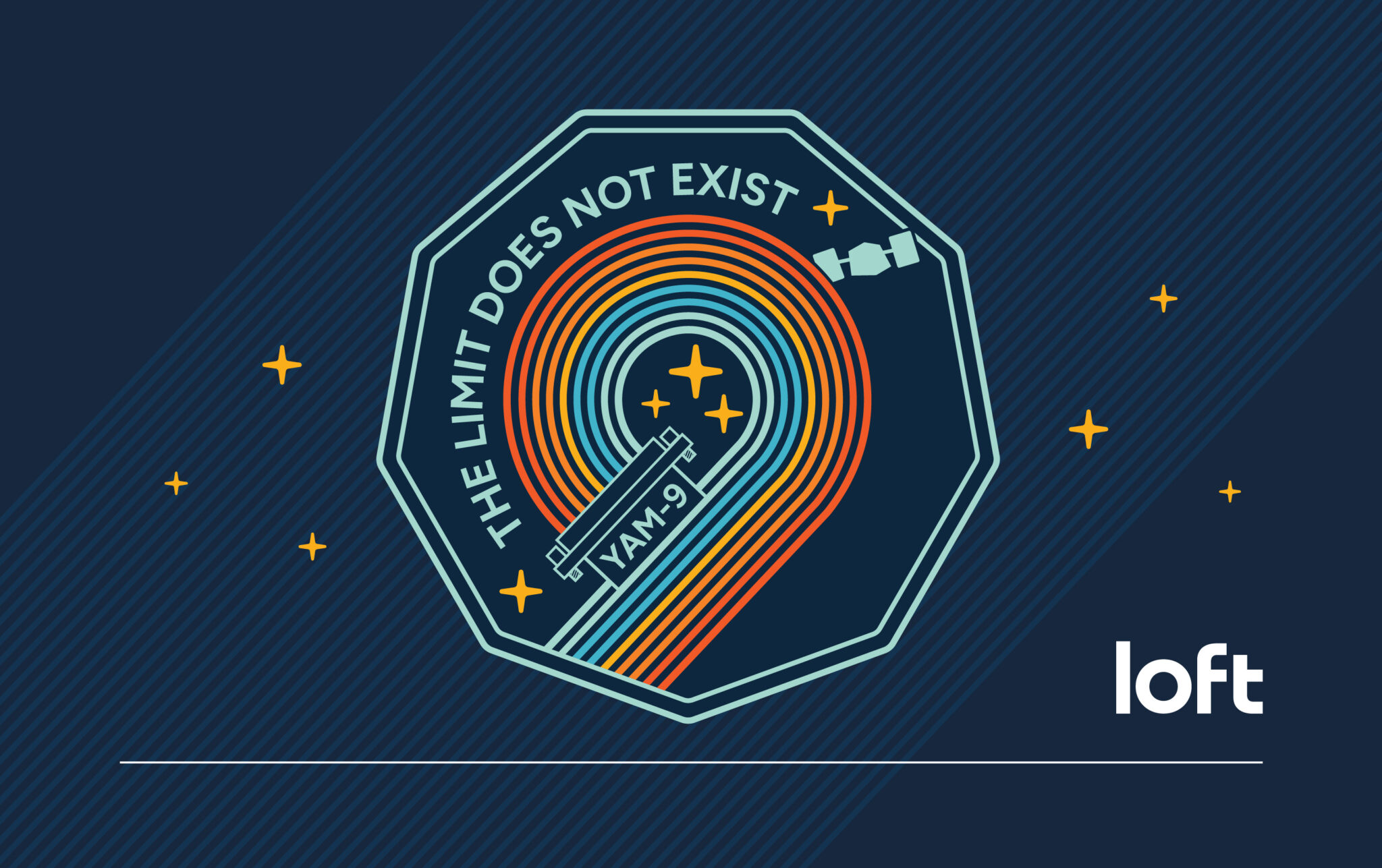By, Lucas Bremond—Chief Software Architect at Loft Orbital
At Loft, our mission is to make space simple. We’re a software-centric aerospace company, which means we apply modern software principles across everything we build—from our ground systems to our flight software. And AI isn’t something we’ve added on after the fact—it’s built into how we operate and scale.
We’ve developed software that lets our customers deploy their own AI models directly onboard our satellites. That allows them to process data like imagery or RF signals right at the edge, extract the insights they need, and only send back what’s truly valuable. It makes the whole system faster and more efficient.
In this post, I’ll share how we’ve brought AI into our workflow at Loft, how it’s helping us manage complexity and move quicker, and why having the right foundation—and the right partners—has made all the difference.
Bringing AI into the workflow with GitHub Copilot
Our first step into AI at Loft was using GitHub Copilot as a coding assistant. Right away, it made a noticeable difference. It helped our developers write code faster, with more accuracy, and freed them up from the repetitive parts of the job. Personally, I remember my a-ha moment clearly—Copilot was able to predict what I was about to write based on my existing code, and it got it right. That was the moment I realized how transformative this tool could be.
Today, every developer at Loft has access to Copilot, and it’s become a core part of our workflow. One area where it really shines is testing. Large language models are great at spotting patterns, so they can suggest test cases we might not think of—helping us expand our coverage and improve the quality of our codebase overall.
To help our teams adopt AI, we rolled it out gradually, letting teams voluntarily opt in and explore tools at their own pace. That approach worked. People saw the value right away—in the quality of their work, the ease of their workflow, and even in how they felt about their day-to-day tasks. AI made the development experience faster, smoother, and more enjoyable.
Over time, our use of AI expanded beyond code. We started applying it to quality assessment, information management, and even our onboard systems. What began as a helpful assistant has become a foundational part of how we operate.
Smarter satellites, greater coordination, faster insights
Traditionally, satellite constellations had to downlink all collected data—imagery, RF signals, and more—to the ground for processing. That kind of data is heavy and transmitting it in full adds latency and complexity. At Loft, we process data at the edge, directly onboard the satellite. That allows us to extract the most valuable insights in real time and drastically reduce what needs to be transmitted. It wouldn’t be possible without AI models running locally to interpret the data.
We’re actively developing the ability for our satellites to self-task in response to events. For example, in the future, one satellite might detect a fire using a wide-angle camera, and an onboard AI model identifies a plume of smoke. That satellite could then automatically task another, with a more focused sensor, to take a closer image—without any human intervention. While still in progress, this kind of autonomous coordination helps us respond faster, reduce reliance on ground operations, and deliver actionable insights right when they’re needed.
Another example we’ve seen on our YAM-6 spacecraft is the ability to analyze an image, count the number of boats, and identify them—all onboard. That used to require downloading the full image file, known as raster data, which takes time. Now we can transform that image into lightweight metadata, just a few kilobytes, and transmit it instantly. Before, we’d have to wait 45 to 90 minutes for the satellite to pass over a ground station. With AI, we can use real-time data links that only support small payloads—and that’s where this transformation becomes critical. Instead of sending the entire image, we send just the insight.
Much like the cloud, we provide the onboard infrastructure—compute, storage, and physical accommodation—so our customers can focus on what really matters: collecting and processing their data. This model makes it possible for more organizations to become space companies, without having to build the entire environment from scratch.
Real-world impact: Partnering to build an AI-first constellation
A great example of this approach in action is our partnership with Helsing, a leading defense tech company based in Europe. Together, we’re developing an AI-first satellite constellation designed to deliver fast, real-time insights—especially for defense applications like change detection and maritime monitoring.
In this collaboration, Loft is focused on providing the in-space compute infrastructure. We handle the hardware, the networking, and the cloudlike environment onboard the satellites. Helsing brings their specialized AI models, which they can deploy directly into our infrastructure. That allows them to process data at the edge, onboard the satellite, and generate insights without waiting for everything to come down to Earth first.
This kind of constellation—one made up of many satellites equipped with real-time AI processing—offers a major competitive advantage. In sectors like defense, where speed and precision are critical, being able to deliver insights immediately can make all the difference.
Building AI with security in mind
Another critical aspect of the aerospace industry is trust—specifically, privacy and security. That’s why, from the beginning, we’ve made sure that our use of AI is both safe and responsible.
We can introduce AI without compromising on security or reliability by keeping models local and performing audits on how data is handled. Our satellite architecture is built for exactly this kind of secure operation. We use sandboxing technologies that allow us to run each customer’s workload in a fully isolated environment. That means AI models only have access to the data they need, when they need it—nothing more.
This compartmentalized design ensures that every application runs in a controlled, protected space. It’s our way of making sure that AI in orbit is as trustworthy as it is powerful.
The future of operations: Spacecraft at scale
One of the challenges at Loft is that every satellite we build is unique—we’re essentially creating constellations of one-offs. Managing that kind of complexity at scale is challenging, especially for humans alone. As we launch this new generation of satellites over the next year, AI will be essential. It helps us make sense of the complexity, surface the right information at the right time, and automate key tasks so we can operate a diverse fleet that’s generating an enormous amount of data—efficiently and reliably.
For Loft, having a trusted partner like Microsoft has been critical to building a stable, scalable foundation as we grow. In fact, my foremost advice to organizations starting their AI journey is to find trusted partners. There are a lot of solutions out there, and it’s not always clear which ones will last. Choosing a partner like Microsoft gives you an infrastructure that’s robust and future-ready—and that kind of reliability is critical when you’re building for the long term.



